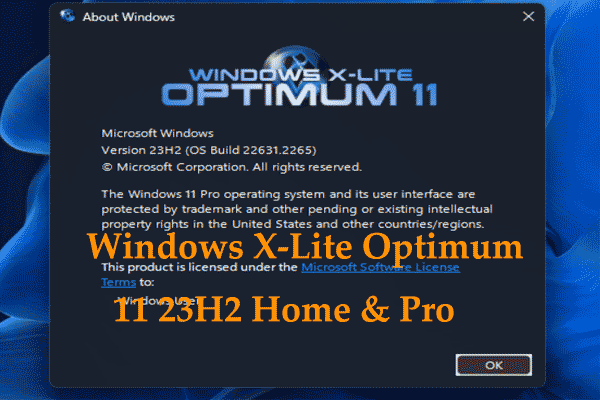With new leadership at the helm and ex-Windows chief Panos Panay in the rearview mirror, a new Windows roadmap is beginning to take shape under Microsoft’s new Windows & Web Experiences team, which is now leading development on the next major Windows client update, code-named Hudson Valley.
We’ve known for some time that Microsoft is planning to ship a major new release of the Windows platform in 2024 code-named Germanium, which is what Hudson Valley will be based on. So, what’s the low-down on this new Windows roadmap, and what can we expect from the next version of Windows? Here’s everything I know so far.
The new Windows roadmap
We’ll start with the roadmap itself. Under Panay, the Windows org changed up how it intended to ship new versions of Windows. It decided to return to a traditional three-year release cycle for major versions of the Windows platform, supplementing the annual platform release with smaller feature drops every few months instead, known internally as “Moment” updates.
According to my sources, the new Windows bosses are now returning to an annual release cycle for major versions of the Windows platform, meaning Windows is going back to having just one big feature update a year instead of multiple smaller ones throughout. Microsoft may still use Moment updates sparingly, but they will no longer be the primary delivery vehicle for new features going forward.
These changes are said to take effect after Hudson Valley launches in 2024, so I’m still expecting at least one more Moment update for the current version of Windows 11, which sources say will ship in the February or March time frame early next year.
The roadmap for Hudson Valley is also quite interesting. The update is expected to ship on the Germanium platform release, which is set to reach an RTM milestone in April. However, the Hudson Valley update itself won’t be finalized until August, and won’t begin shipping as an update for existing PCs until the September or October timeframe.
Read more:




